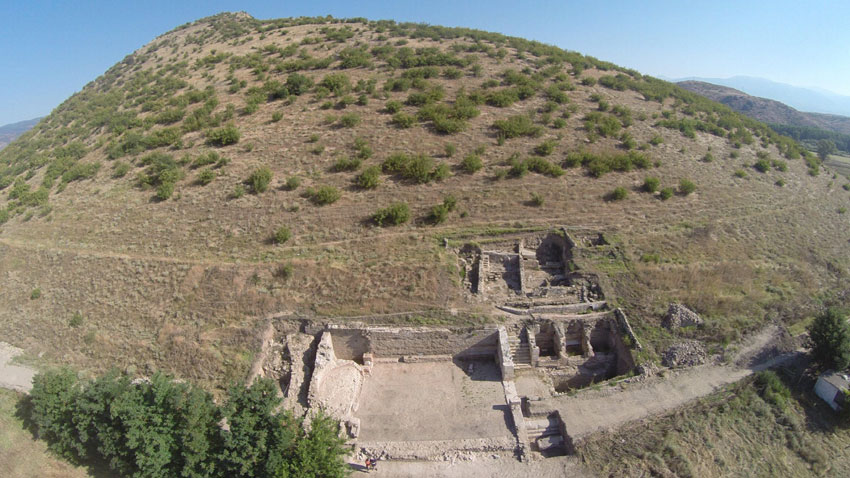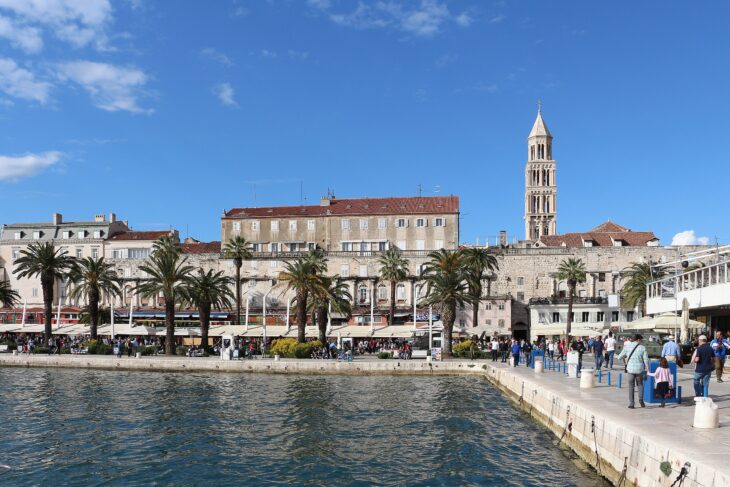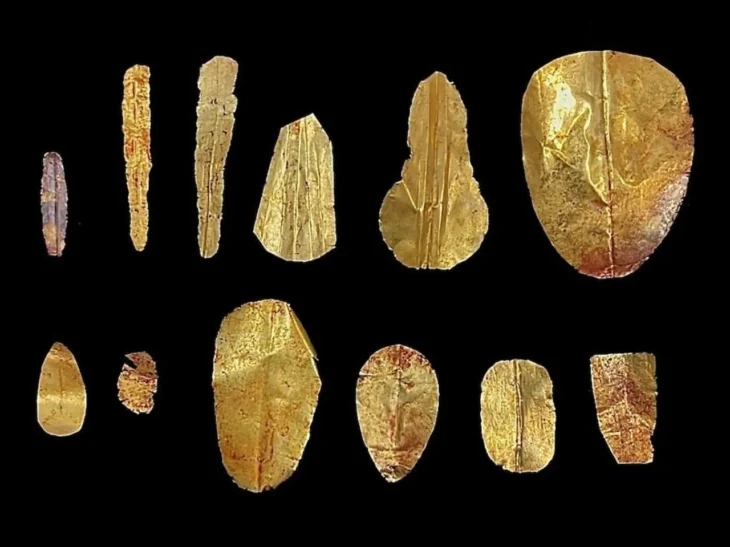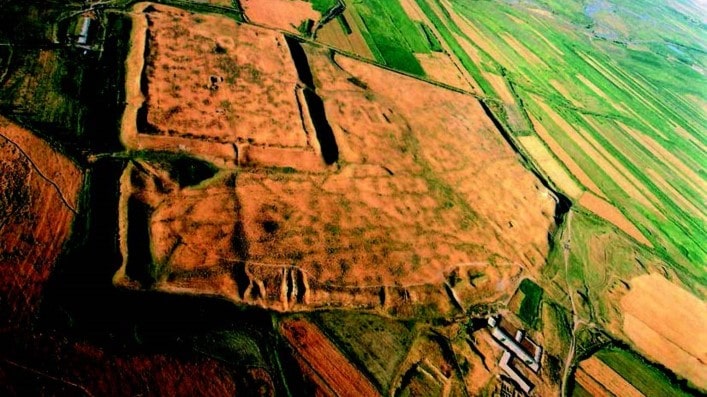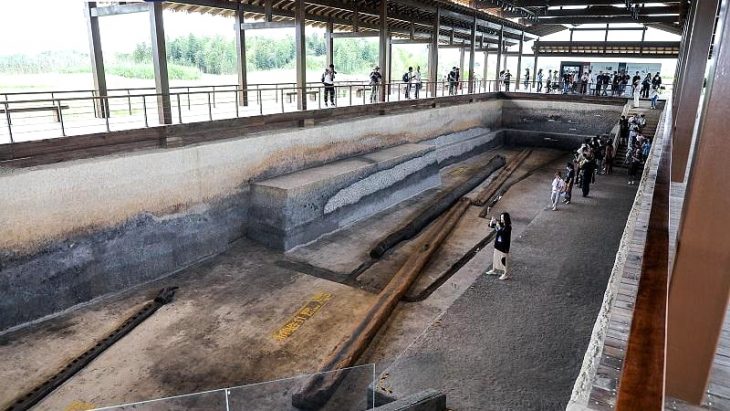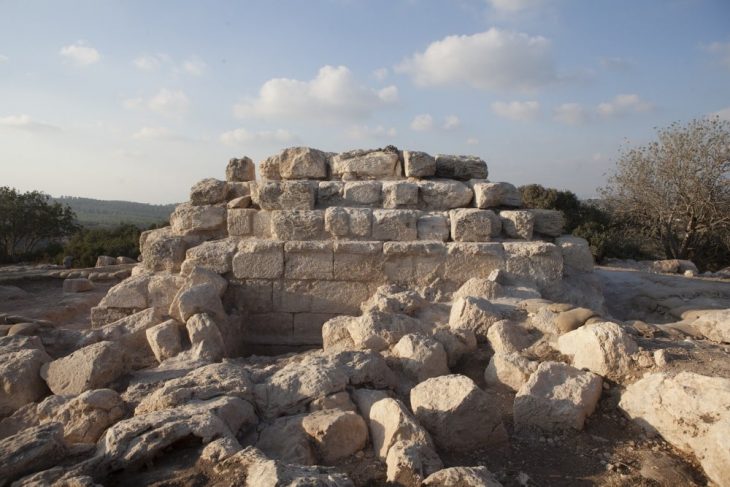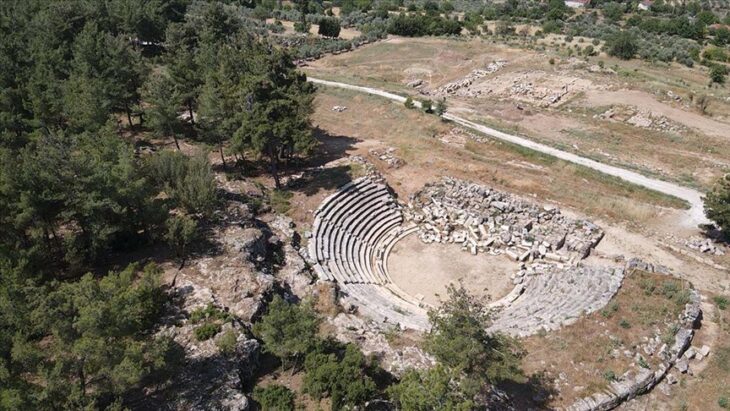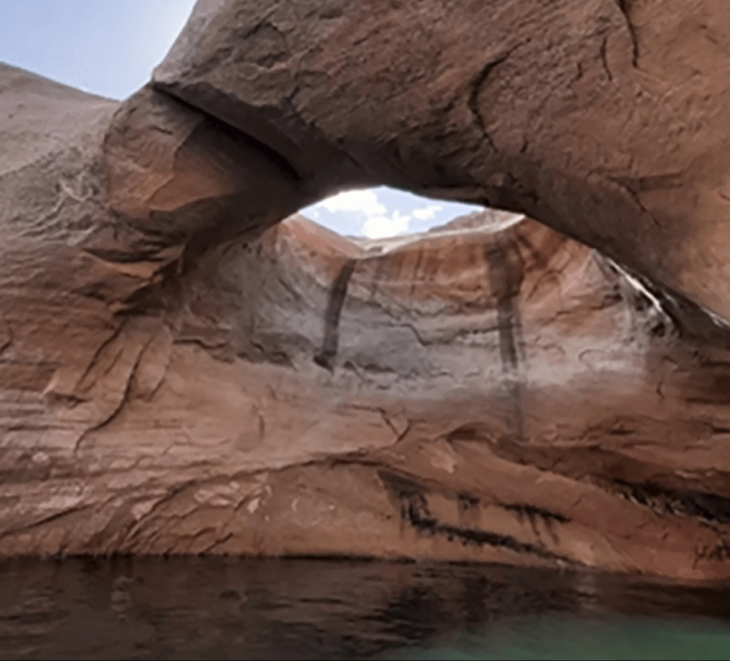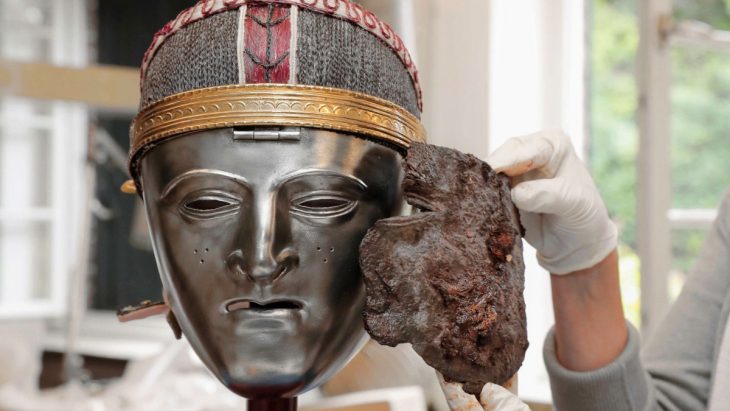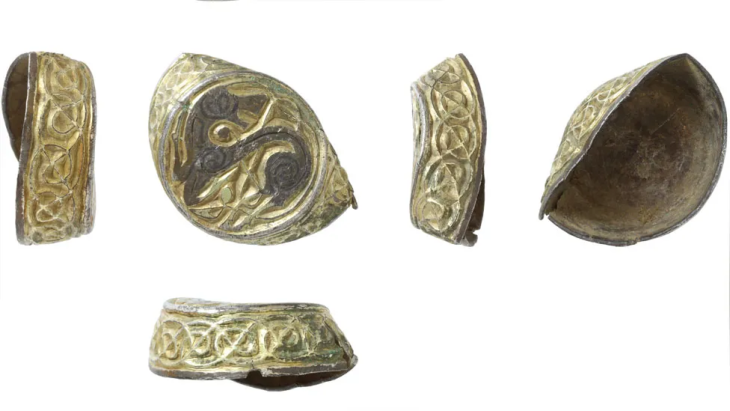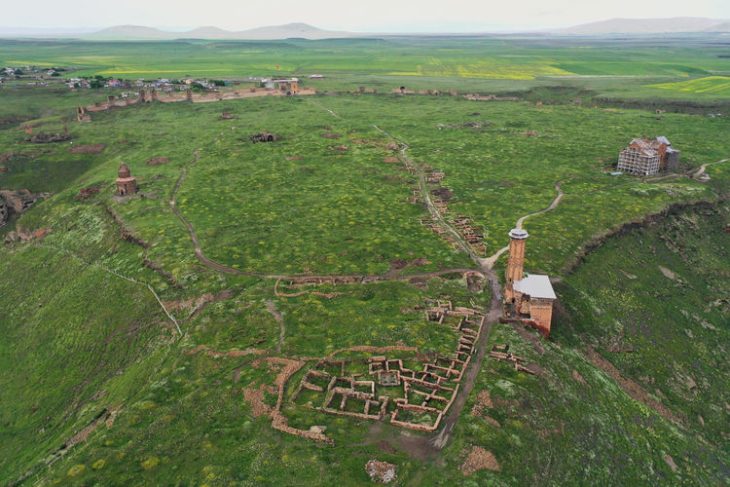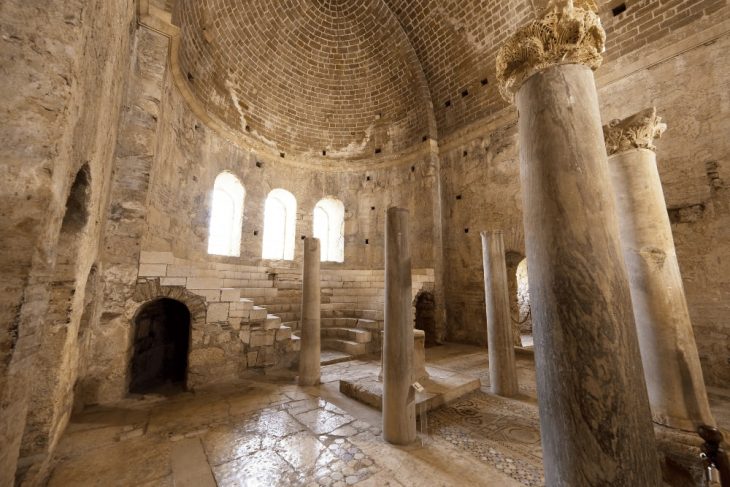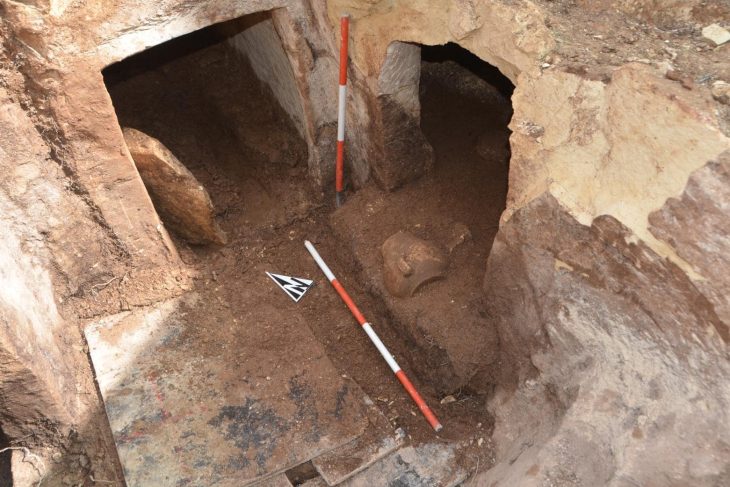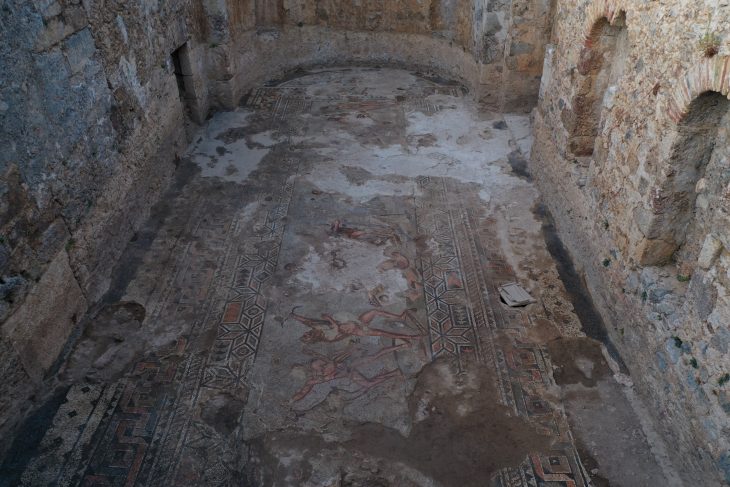A stone votive relief depicting a Thracian horseman was found during excavations at the ancient city of Heraclea Sintica, located in today’s Southwest Bulgaria, on the southern slopes of Mount Kozhuh and within the territory of Rupite village, under the jurisdiction of Petrich municipality.
The ancient city of Herculaneum Sintica (also known under the names Cynthia, Herculaneum Sintica or Herculaneum Strimonska) İn ancient times the town was a center of the Sintica region, inhabited by the Thracian tribes Sinti. The town has been destroyed by the worst earthquake in 388 years.
The Thracian horseman, or Thracian rider, is a recurring motif depicted in Hellenistic and Roman reliefs in the Balkans, primarily between the third and fourth centuries BC and AD. These motifs usually represent the solitary hero on his horse vanquishing a boar or similar beast.
Assoc. Prof. Lyudmil Vagalinski told the Bulgarian News Agency, said, “This is the first time we’re discovering such a well-made votive tablet.”
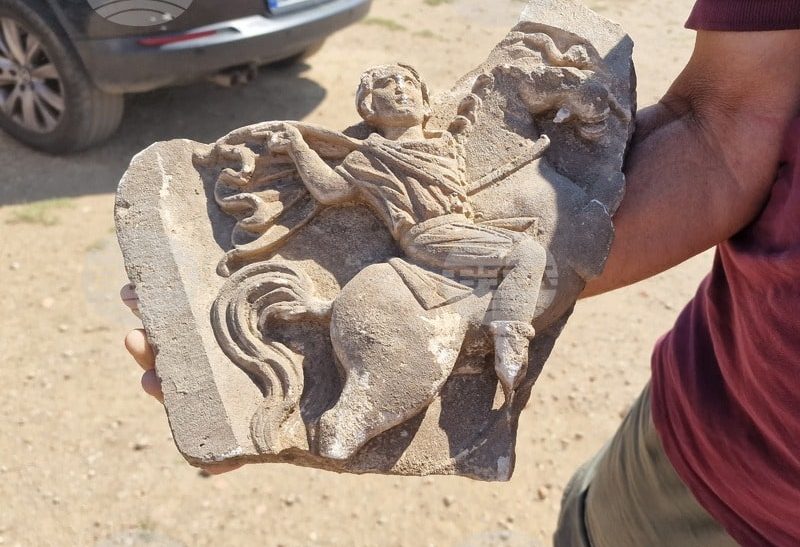
Another piece of terracotta from the same period was found a few days ago, along with coins, bone needles, and a votive tablet depicting Artemis, which shows that Thracians have gradually managed to increase their presence in the city, Vagalinski said.
📣 Our WhatsApp channel is now LIVE! Stay up-to-date with the latest news and updates, just click here to follow us on WhatsApp and never miss a thing!!
Heraclea Sintica is one of the few ancient cities certain localized in the region around Struma.
After the accidental discovery of a large Latin inscription in 2002, Assoc. Prof. Georgi Mitrev discovered Heraclea Sintica near the village of Rupite. In essence, this is a letter from Emperor Galerius and Caesar Maximinus Daya in 308, in which the rulers addressed the Heraclians in response to their request to restore the lost city rights. In 2005, Assoc. Prof. Georgi Mitrev published another inscription mentioning Guy Lucius the Scotsman and the Heraclian. With it he proves convincingly that this is Heraclea Sintica.
Since 2007, the Heraclea Sintica archaeological excavations have been continued by Associate Professor Ludmil Vagalinski (NAIM-BAS) and the Petrich History Museum. Archaeological excavations have shown that the city had an intense life, it was modern.

